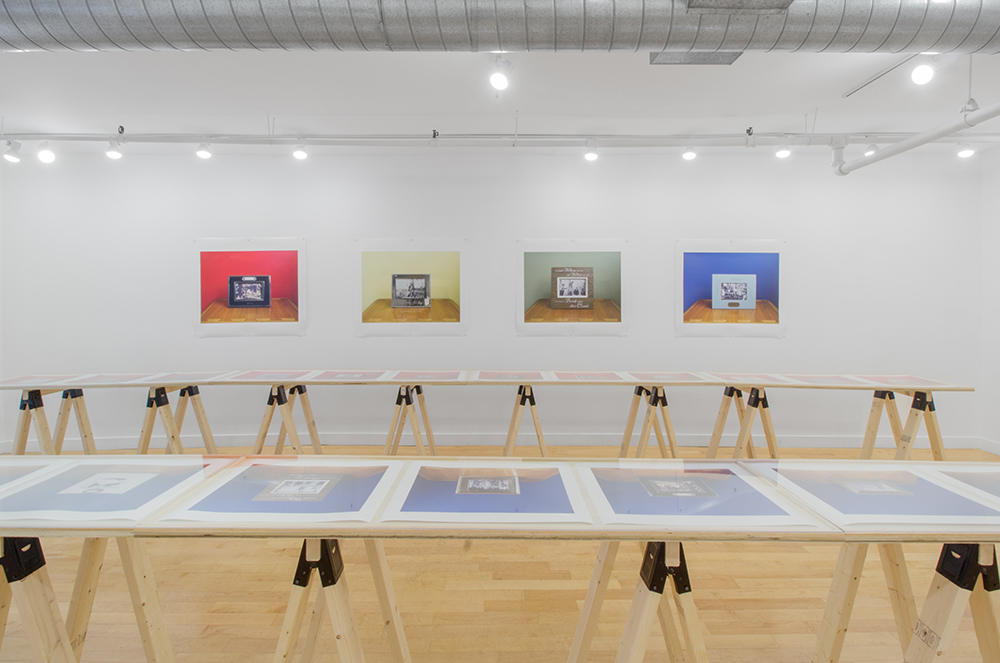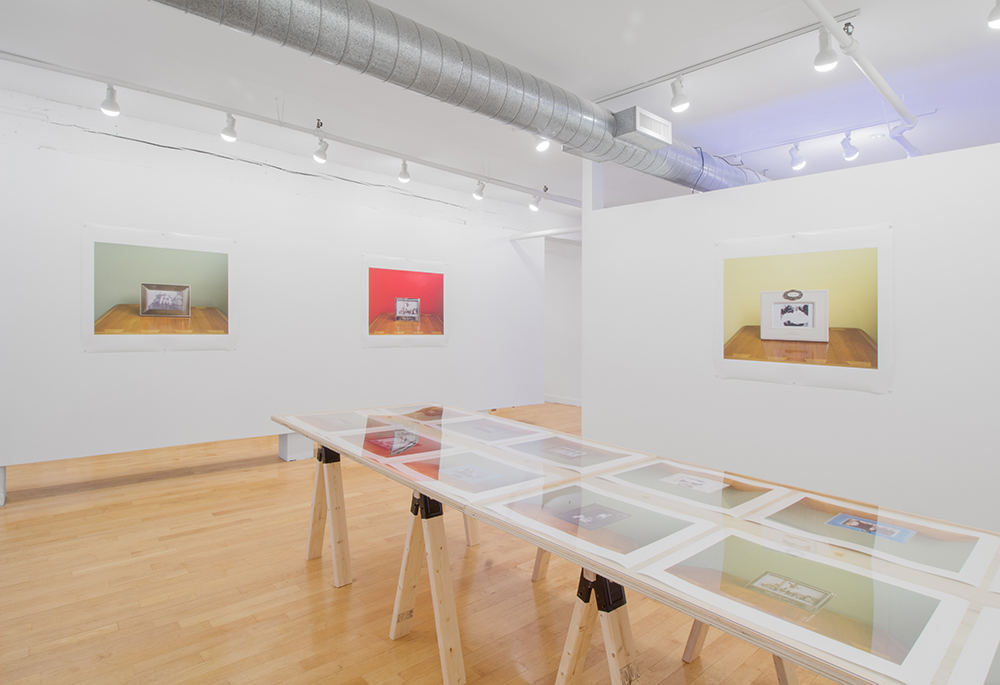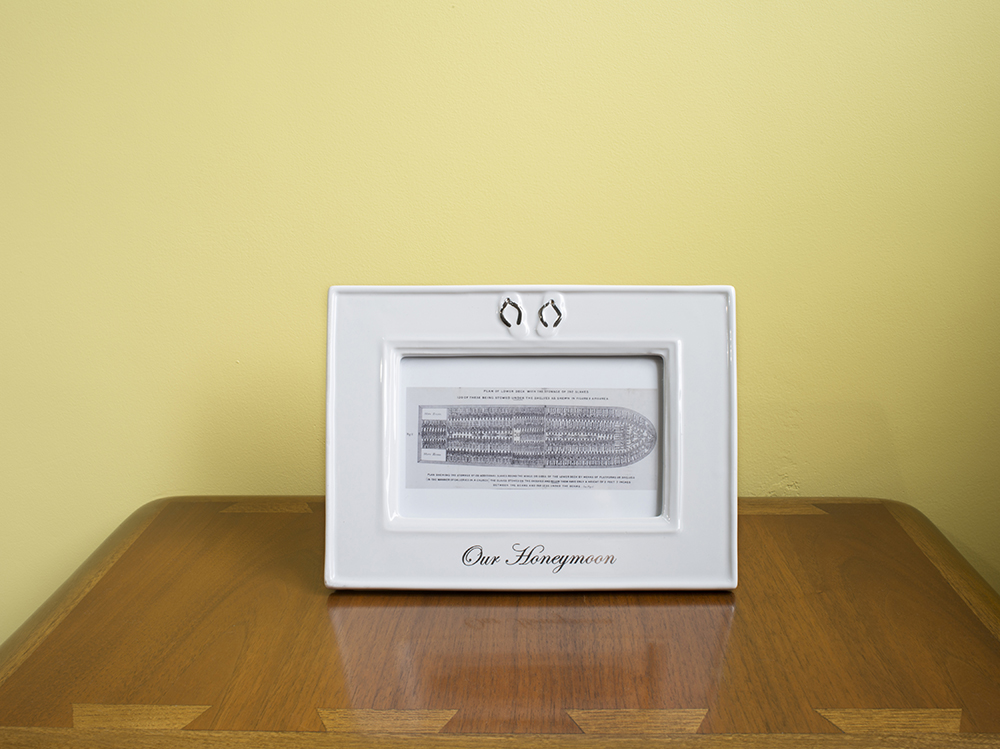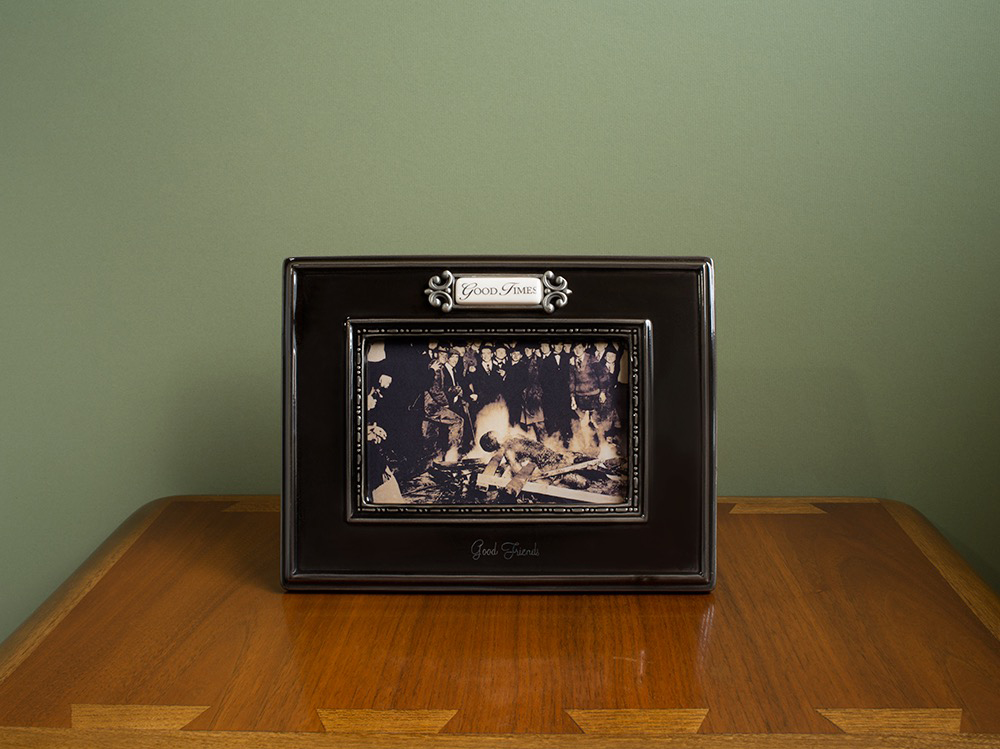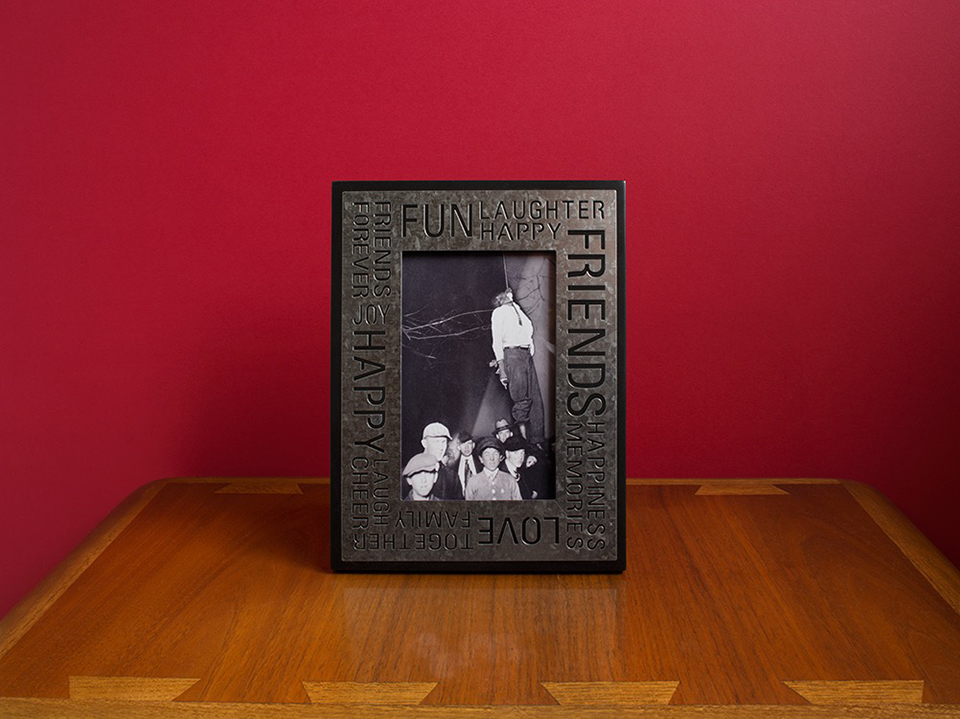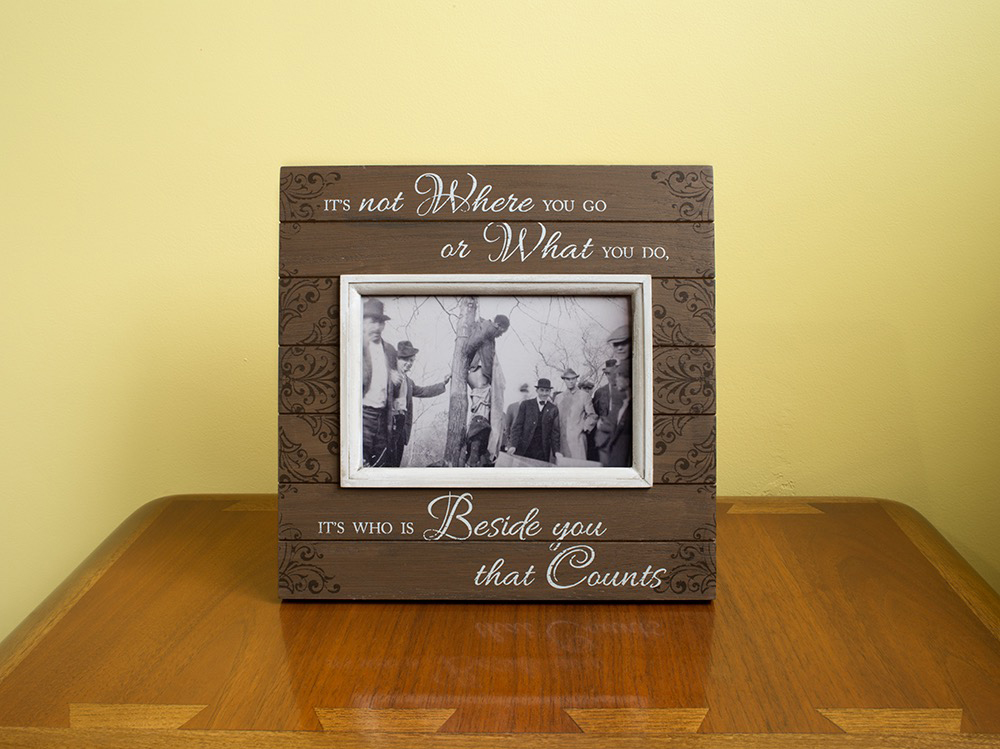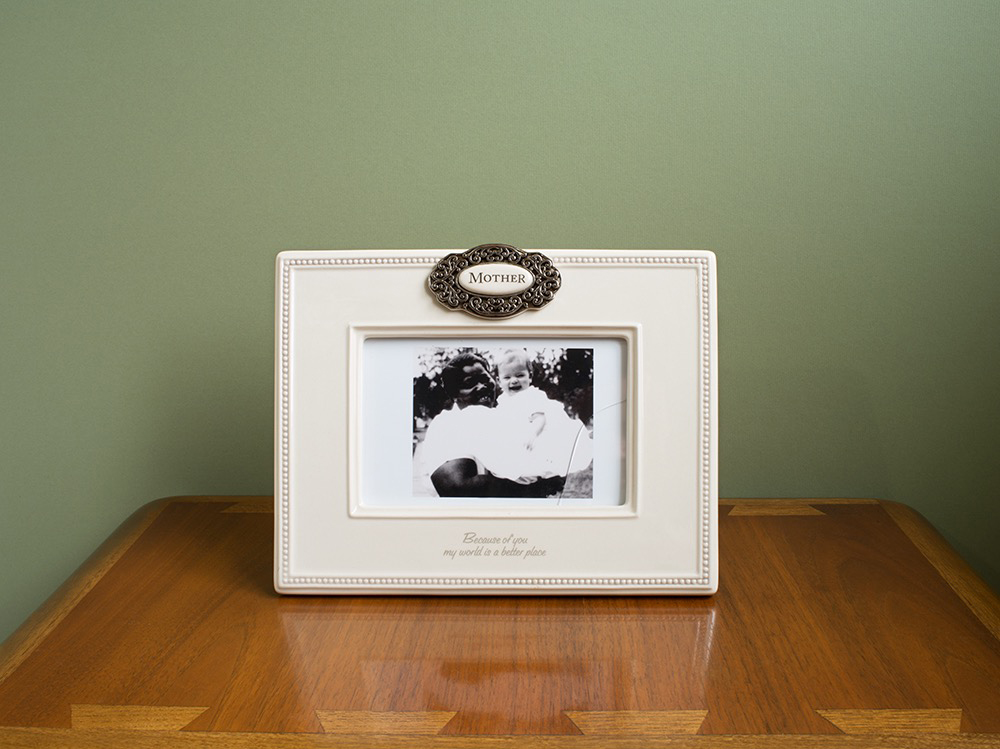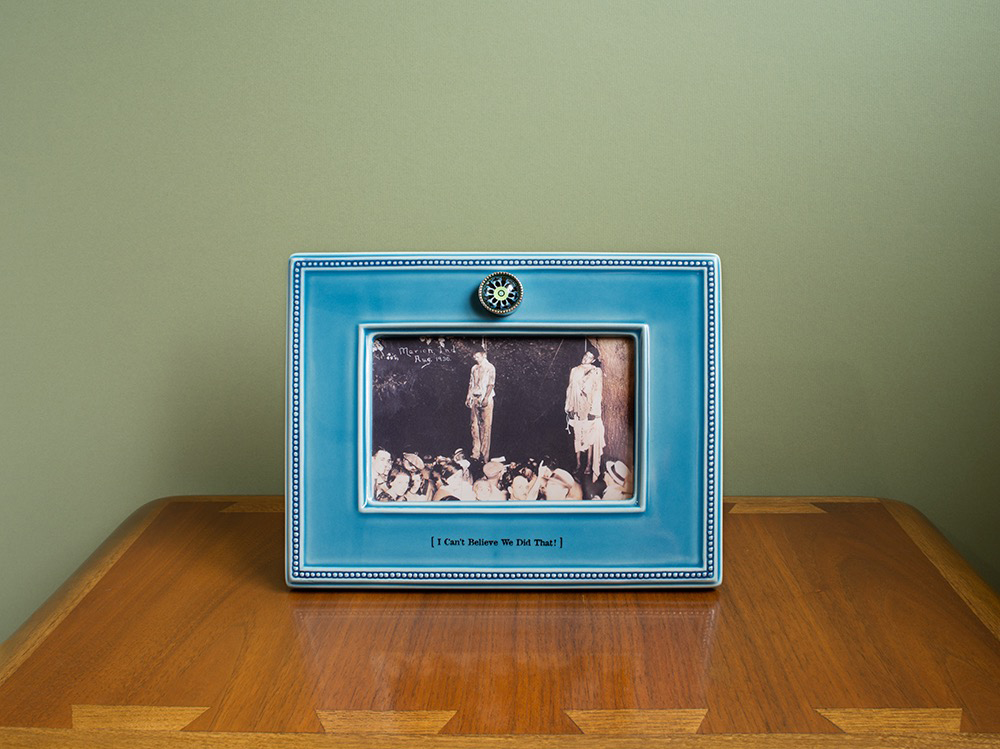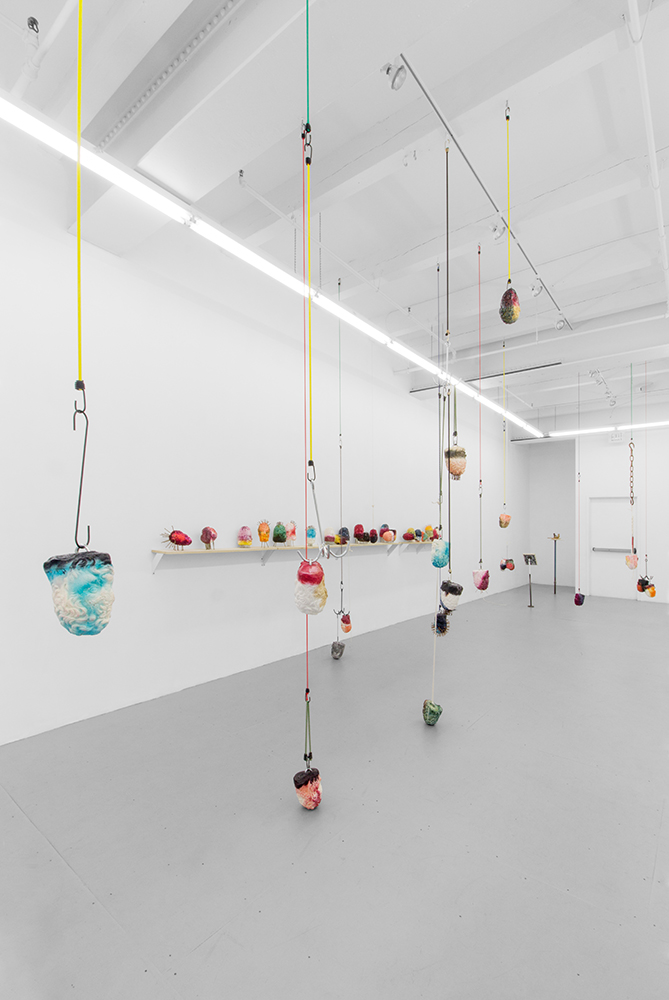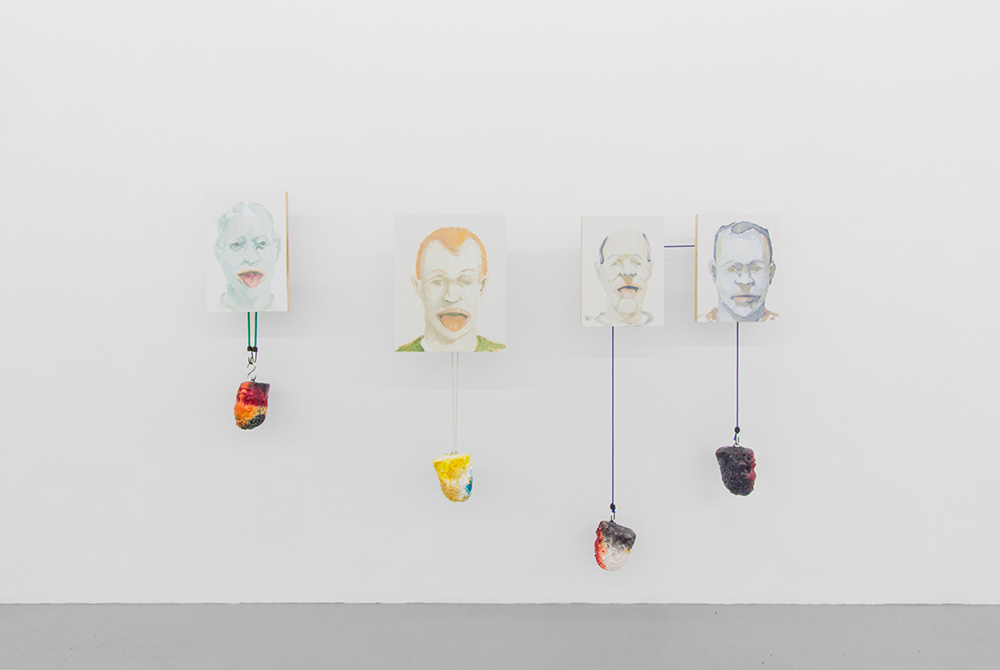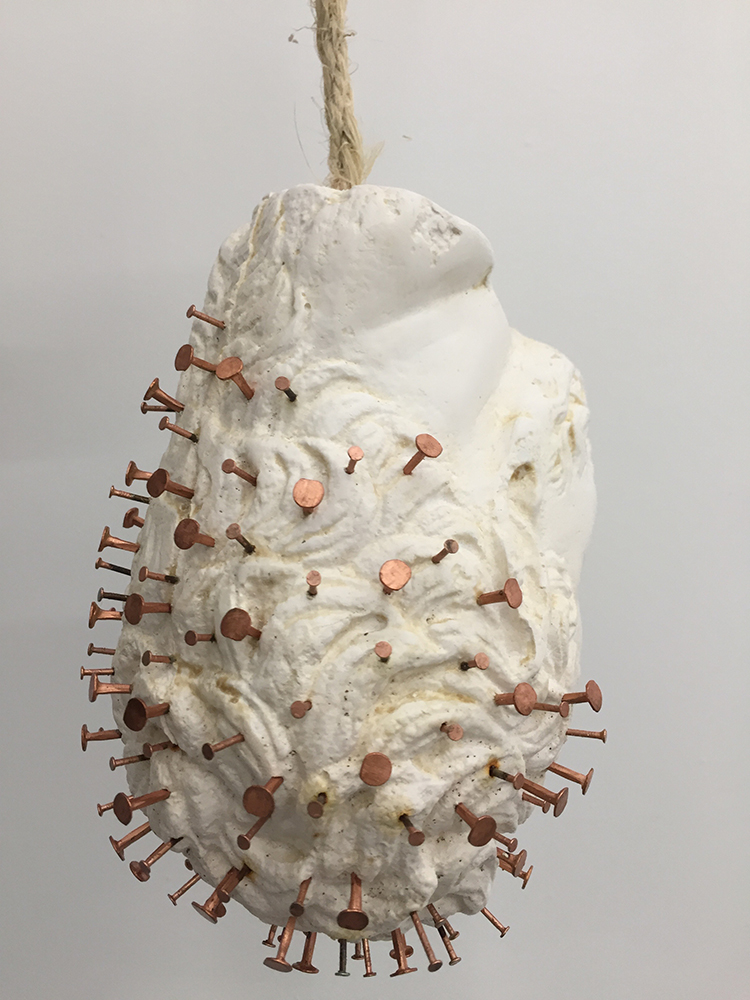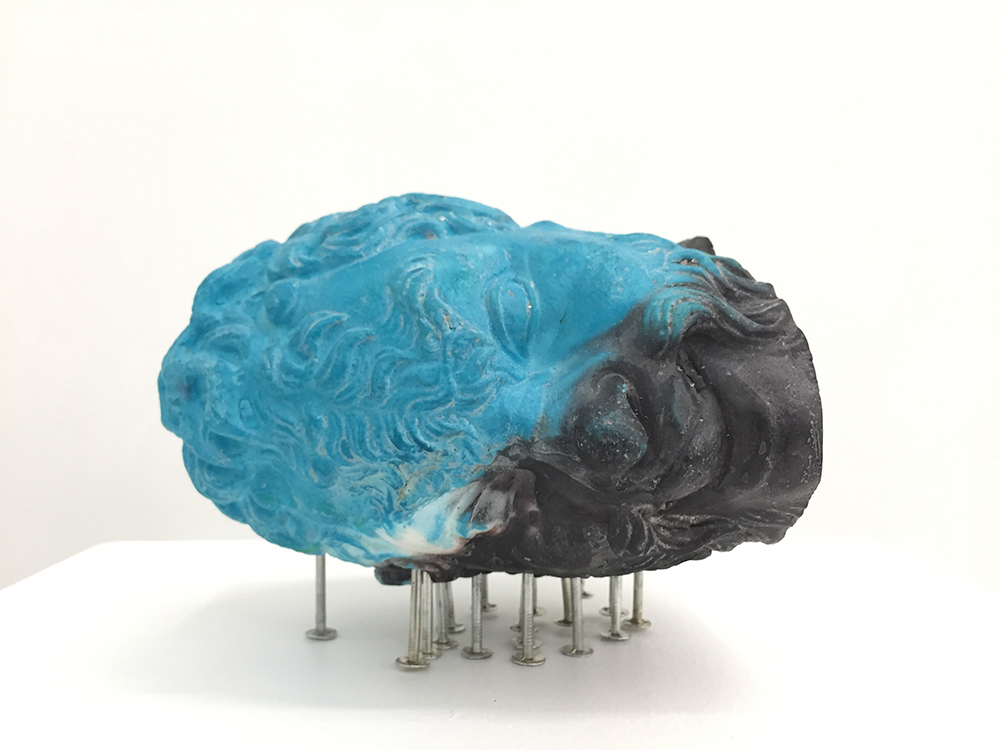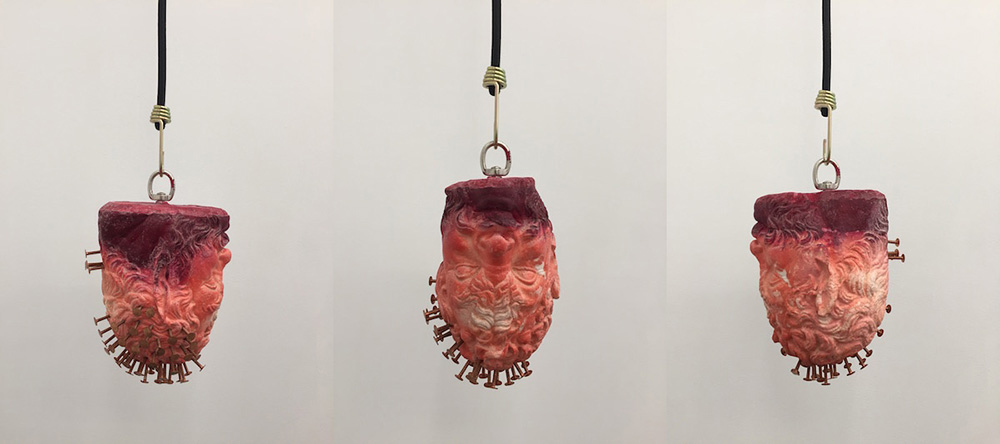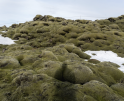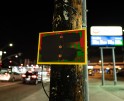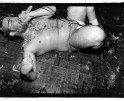Steve Locke: The States Project: Massachusetts
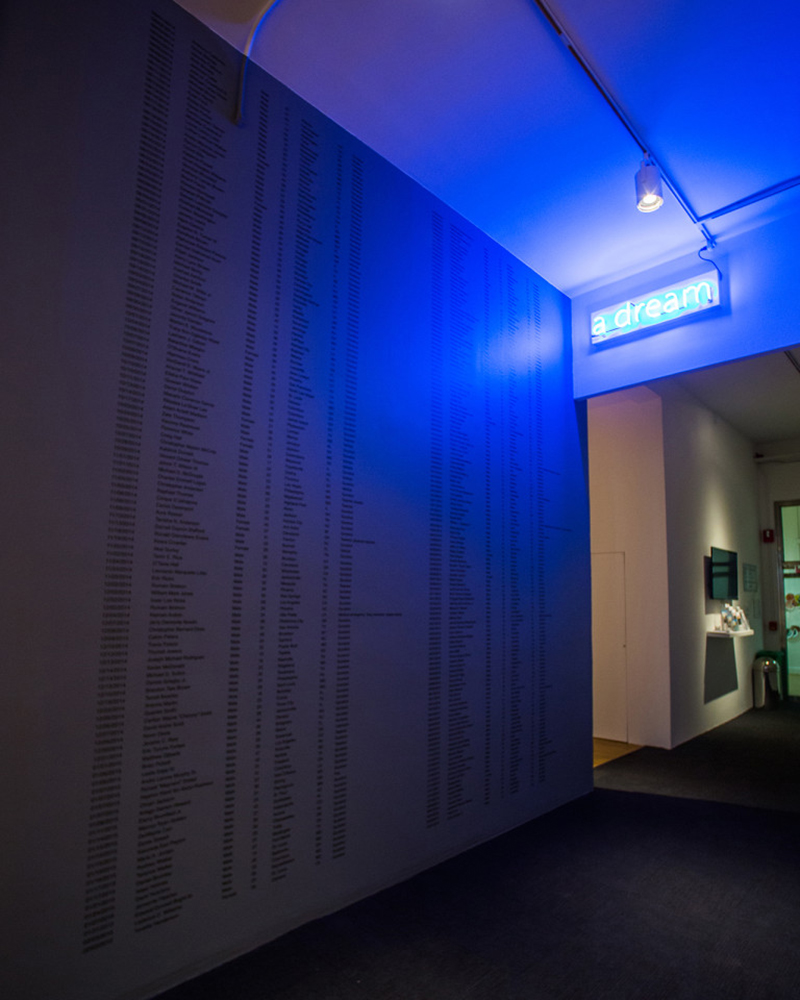
©Steve Locke, A Partial List of Unarmed African-Americans who were Killed by Police or who Died in Police Custody During my Sabbatical.
I will start the week for Massachusetts on one of our living icons, Steve Locke. I greatly admire Steve for his convictions, perspective and the artistic force that he is…and his shoes (goddamn that man and his shoes). In all seriousness, I am starting with Steve because he eloquently strikes at the core of what I am most interested in this week; artists grappling with the duality of the personal experience and social and political critique. He is a maker with no fear of inserting the autobiographical as complicit, as seen in the text installation above, A Partial List of Unarmed African-Americans who were Killed by Police or who Died in Police Custody During my Sabbatical. His work is an engagement of confronting our social history, the forces that shape us or draw us a part, and an involvement of the viewer that is both complicit and voyeuristic in experience.
Steve is an artist. Known more for being a painter yes, but his employment of text, painting, sculpture and photography is seamless in a desire to strike at his desired message. If he be a photographer tomorrow or a neon text artist the following week it does not matter- the work feels complete and direct to Steve’s ultimate point.
I am featuring work and installation views from a recent (November 2016) endeavor Locke had between Samsøñ Projects and Gallery Kayafas in Boston. These two exhibitions, Family Pictures and The School of Love were parallel exhibitions that sat at the crossroads of Locke’s personal history and the history that shaped him and the state of our systemic brutality towards the black community.
Of particular note, the installation of Family Pictures cannot be served in images, as the experience of looking over those tables at the horrific photographs had a dual affect. As you physically bend over the tables to view ‘Historical’ images of lynchings, many of which I recognized (as most of us have seen these images before), your reflection is served in the plexiglass that covers them- forcing myself and other viewers to see themselves in a history that has almost become kitsch (as signified in the frames), but is all too present.
Steve Locke is a Boston-based artist born in Cleveland, Ohio and raised in Detroit, Michigan. He received a B.S. in 1984 from Boston University, a B.F.A. in 1997 and an M.F.A. in 2001 from the Massachusetts College of Art and Design. He attended the Skowhegan School of Painting and Sculpture in 2002. He has received grants from The Pollock-Krasner Foundation, The Louis Comfort Tiffany Foundation, The Art Matters Foundation, and the LEF Foundation Contemporary Work Fund Grant. His solo exhibition, there is no one left to blame, was curated by Helen Molesworth for the Institute of Contemporary Art/Boston. This show traveled to the Museum of Contemporary Art Detroit and was on view through July 2014. He is represented by Samsøn in Boston, Massachusetts. He has had solo exhibitions with Mendes Wood in Sao Paulo, Brasil and a solo project at VOLTA 5 in Basel, Switzerland. He has been included in group shows in Boston, New York, Pennsylvania, Savannah, Seattle, Sao Paulo and Beijing. His work has been reviewed in ARTFORUM, Art in America, Art New England, JUXTAPOZ, The Boston Globe, and The New Yorker. He writes the blog, artandeverythingafter.com. Mr. Locke is an Associate Professor at Massachusetts College of Art and Design. He was appointed visiting associate professor in painting at Yale in 2014.
Family Pictures
Technologies have begun to bring the state sponsored violence meted out to black people to a larger consciousness.
This violence has been long known to black and poor people, but it is now present to the dominant culture.
Today, you can show black people being shot to death on television.
The dominant culture experiences this phenomenon as something “New.” They refuse to believe that what they are experiencing is the exact way things have always been done. They want to believe that it is an anomaly. This requires the dominant culture to deny that the basis of America’s relationship to black people is violence. It has always been violence placed in the service of a domestic identity.
I chose to make work that marries contemporary and historical violence to the domestic impulse.
Publicly created and shared photographs of violence against black people now inhabit contemporary frames. Using frames designed for keepsakes or familial milestones, sitting these on a 1960s era Andre Bus coffee table against various hues, the work reconciles a violent history with the contemporary spectacle of state violence within a domestic sphere.
These are the Family Pictures we have long pretended do not exist.
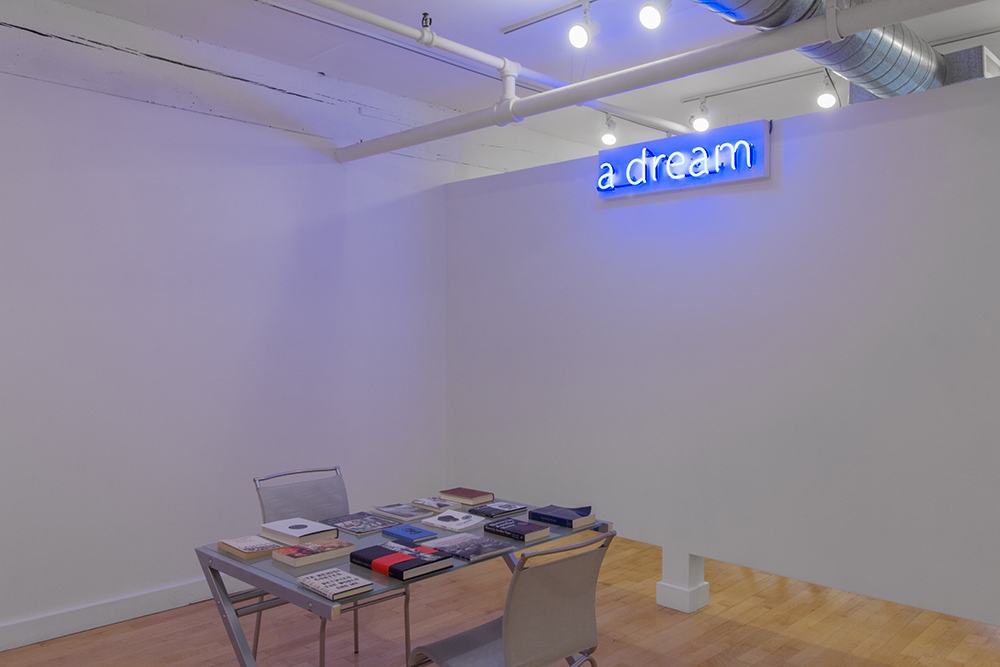
©Steve Locke, Installation view with reading materials of “Family Pictures” at Gallery Kayafas, Boston, MA
The School of Love
The School of Love is inspired by Correggio’s painting of the same name. That enigmatic painting, which posits a relationship between love, sex, and communication, caused the artist to begin an exploration into the ways he learned about love. The work delves into how the artist learned about different kinds of love.
Titles communicate ideas of what the artist was taught about his self by the culture, (“lesson from Occupied Japan), by intimate partners (“for when he tells you, “I love your nigger cock”) and the different teachers he has encountered (“the altruist”, “the apologist”). The latter works are painted in a dense white palette that skirts traditional notions of flesh. Locke has taken on the criticism of painting “white people” as a challenge.
The artist has married this autobiographical impulse to his aesthetic toolkit of painting by bringing a cast head of a faun into the work (a kitsch object that bears a striking resemblance to the artist himself). This doppelgänger has been cast in Hydrocal and colored through a dyeing process that is controlled, but allows for serendipity to play a part in the results. Nails penetrate some of the heads and cotton rope and are used to bind and connect the works to each other. The allusions to function (both violent and religious) and history contained in these loaded materials adds a level of urgency that speaks directly to the current moment in culture.
These heads hang and stand in relation to and in conjunction with the artist’s signature portrait heads and free-standing paintings, some of which penetrate the floor of the gallery. The artist has shifted the palette to focus on the whiteness of the characters in the work.
All work courtesy Samsøñ Projects and the artist.
Posts on Lenscratch may not be reproduced without the permission of the Lenscratch staff and the photographer.
Recommended
-
William Van Beckum: Mountains Within ReachJanuary 24th, 2024
-
Toni Pepe in Conversation with Douglas BreaultMay 15th, 2023
-
Geoff Hargadon: The States Project: MassachusettsApril 29th, 2017
-
Candice Jackson: The States Project: MassachusettsApril 28th, 2017
-
Louie Despres: The States Project: MassachusettsApril 27th, 2017


